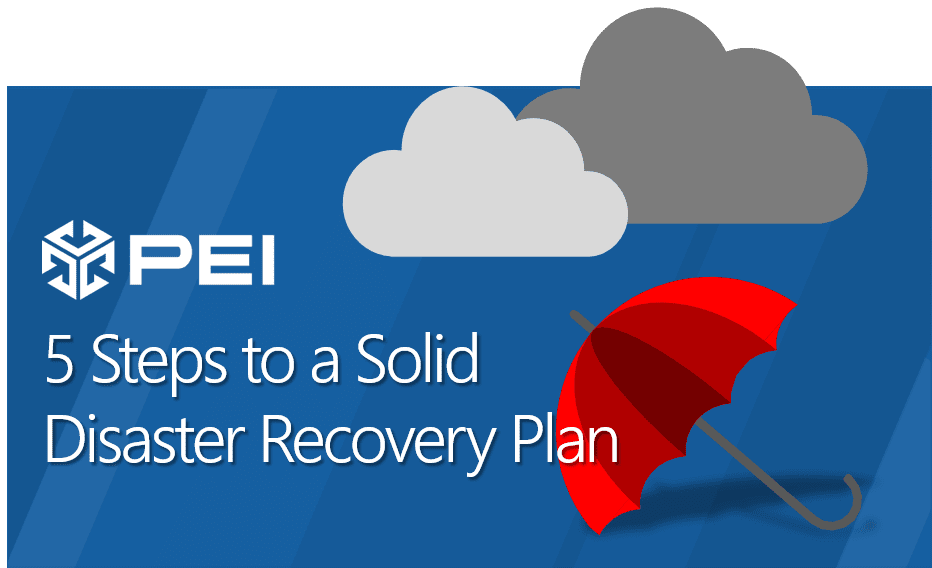
In an Emergency, Which Data Would You Save?
If your business was about to be destroyed by fire and you had only a few minutes to save one file, which file would you chose?
I’d guess not your pictures of Fluffy the cat, but probably your payroll data or customer order list. A Disaster Recovery strategy defines this decision in a disaster, specifying which data you will save first and what will be available during planned or unplanned downtimes. It also plans for the data you can live without. You might miss your photos of poor Fluffy, but your business will still be running.
Comparing Complexity and Costs of a Disaster Recovery Plan
When you create your Disaster Recovery plan, you’ll need to weigh the trade-offs between complexity and costs. What data can you (and your business) afford to be without? For how long? If you lost some data, would that destroy your business forever?
Five parts of a Disaster recovery plan:
- Recovery Point Objective (RPO). RPO defines how much data you are willing to lose. You can give higher priority to your most critical data, but be willing to lose less important data, like those pictures of Fluffy. Customer records might be at the top of your list, while marketing data could rank lower.
- Recovery Time Objection (RTO). RTO weighs how long you are willing to be without your data. Depending on your business, you might decide that you can lose up to two hours of business operation without suffering significant damage. A shorter time will create higher costs, so you’ll need to consider your options carefully.
- Who should get their data back sooner? Who will support the plan? Do you have a backup person as well as a backup technology? Does your plan rely on human intervention, which may not be possible in all cases?
- Regulatory constraints. Is your business subject to regulatory compliance? How will you make sure you are covered? There can be legal penalties if you aren’t.
- Critical data. Which data is critical to your business? What are the dependencies between different areas of your business?
Test Your Strategy and Train Your People
Often companies will create a plan, and then leave it on the shelf. They don’t fully test the plan, or consider multiple scenarios. When a disaster hits, whether it’s a cybercrime or a hurricane or a rogue sprinkler system, the plan fails. The New York Stock Exchange had a plan before Hurricane Sandy, but they didn’t follow it when disaster hit. Instead, the floods forced them to close the stock exchange for two days.
Your resources and business needs will change over time. This includes your location, personnel, and data. This means your Disaster Recovery plan needs to change, too. Testing your plan two to three times a year is one way to make sure the plan is up-to-date and still supports your current business goals.
Once you have a plan in place, you’ll need to train your personnel. For a higher chance of success, ensure that senior management endorses the plan and promotes training for all employees.
Get Help to Create a Plan for Disaster Recovery
A cloud solution can help you find a good balance between cost and complexity. With Azure Site Recovery, you can easily create disaster recovery plans in the Microsoft Azure portal. The disaster recovery plans can be as simple or as advanced as your business requirements demand.
We’re here to help you with all stages of strategy, planning, and implementation.
Download Our eGuide for more information or contact us directly at 303-974-6881 or info@pei.com for a free consultation. We can help you get started on a Disaster Recovery plan so you don’t need to worry about harm to your business.




